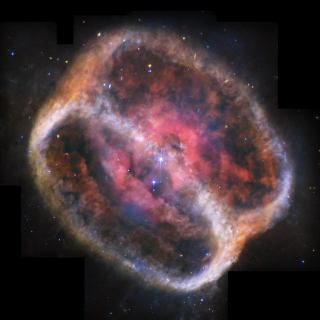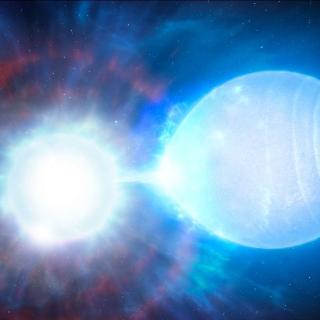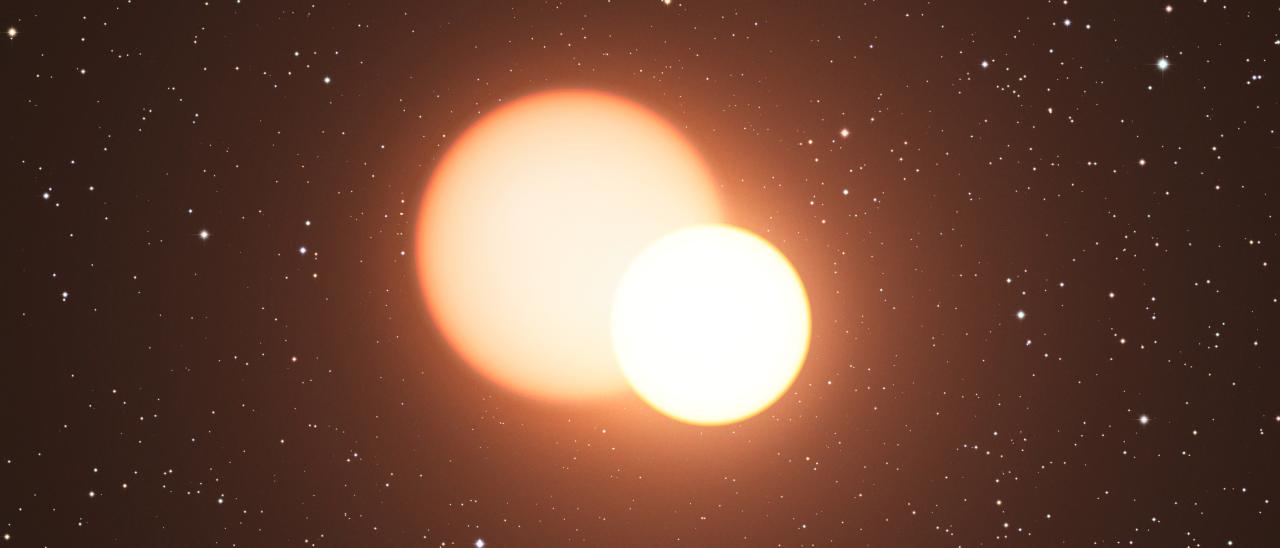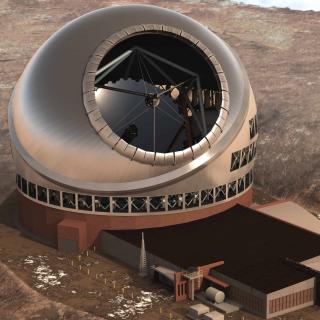An international team of astronomers, including researchers from the IAC, have performed a unique cosmic test - measuring the mass of an ancient star using two entirely different methods, finding agreement to within just 1.4%. This result marks a milestone in our ability to determine the ages of old stars and use them as living fossils to study the Milky Way’s distant past.
The team analysed the red giant in the binary system KIC 10001167 using two independent approaches: firstly, by measuring the brightness and radial velocity variations due to the orbital motion of the binary, and secondly, by modelling its internal oscillations.
The brightness variations of the system, both due to the binary orbit and the seismic vibrations of the giant star, were obtained with the Kepler satellite, while the radial velocity variations were measured using the Nordic Optical Telescope situated at the Roque De Los Muchachos Observatory (Garafia, La Palma).
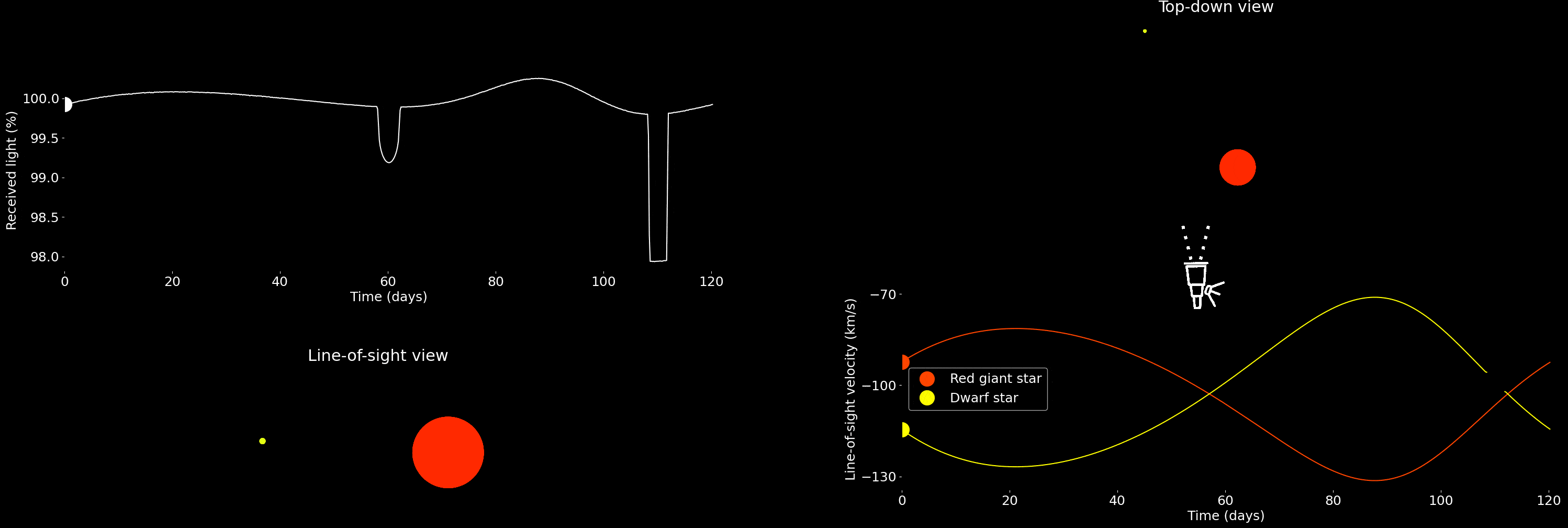
"Binary orbital motion is a powerful tool with which one can measure the masses of stars since it is well-described with the classical theory of gravity. A theory governed by laws already well established in the 17th century by Johannes Kepler and Isaac Newton" says David Jones, researcher at the IAC and coauthor of the study.
"Similarly, seismic oscillations in stars are a probe of their internal structure. These findings can then be compared to models of stellar evolution in order to derive the mass of the star in question." says Jeppe Sinkbæk Thomsen, PhD student at the Dipartimento di Fisica e Astronomia, Università di Bologna, and first author of the paper.
The study finds that the independently determined seismic and orbital stellar masses agree to within 1.4%, enabling a stellar age determination with an accuracy of about 10%. This is the first time that such a high-quality seismic age estimate has been rigorously tested against an independent method - in this case, orbital dynamics - at a level of precision sufficient to verify the seismic method’s accuracy.
“This is the first time we’ve been able to say that a mass measured from an old star’s sound waves agrees within around one percent with a mass weighed from its orbit,” said emphasises Thomsen.
The implications of the work go beyond this particular star, because a star’s mass is the key to determining its age. As such, this result validates the use of asteroseismology to accurately age-date old stars across the Galaxy. That, in turn, provides a powerful tool for reconstructing how the Milky Way assembled over billions of years. This achievement anchors asteroseismology on a firm empirical footing, especially at the old end of the age scale where independent benchmarks have been sorely lacking.
Article: J.S. Thomsen et al. "Advancing the accuracy in age determinations of old-disk stars using an oscillating red giant in an eclipsing binary", A&A, 2025. DOI: https://doi.org/10.1051/0004-6361/202453347
Contact at the IAC:
David Jones, david.jones [at] iac.es (david[dot]jones[at]iac[dot]es)

